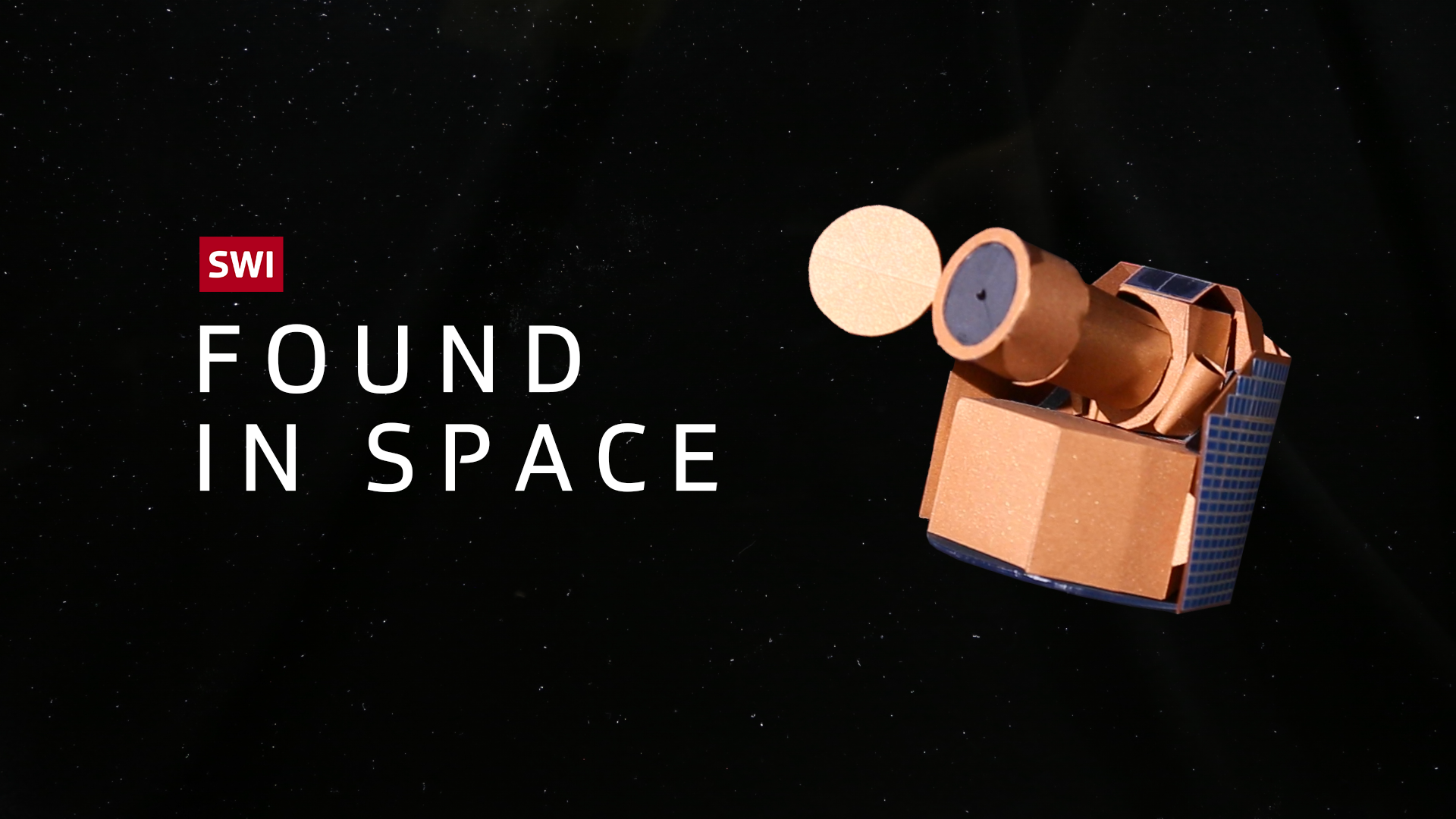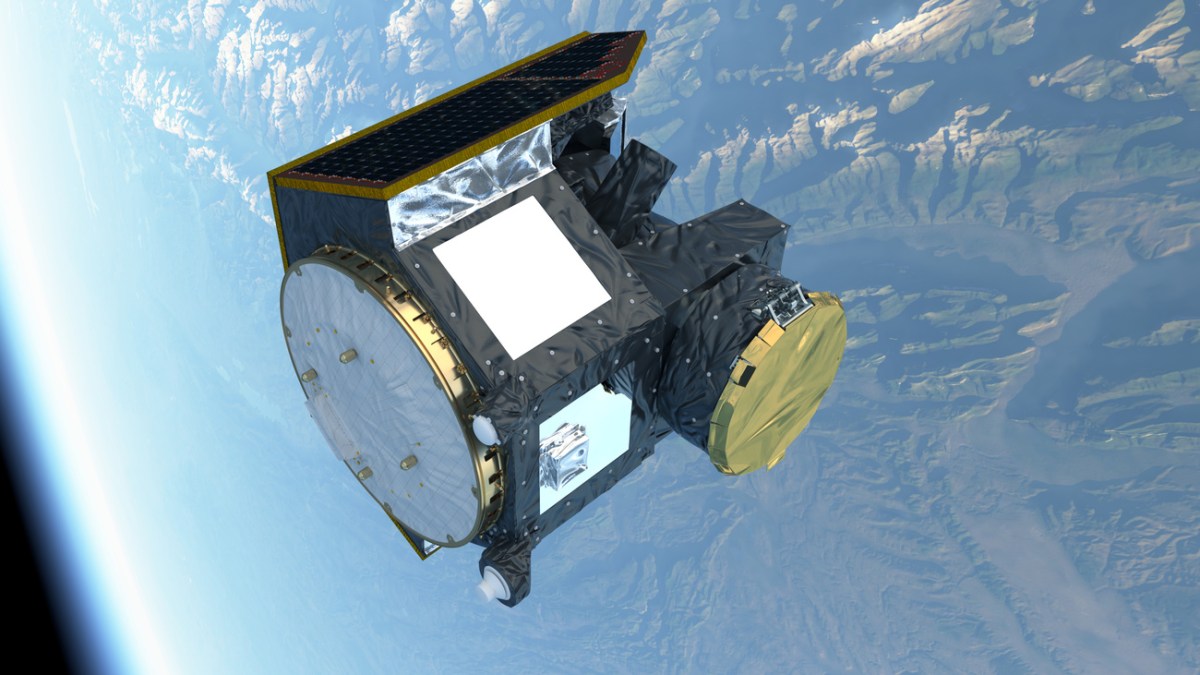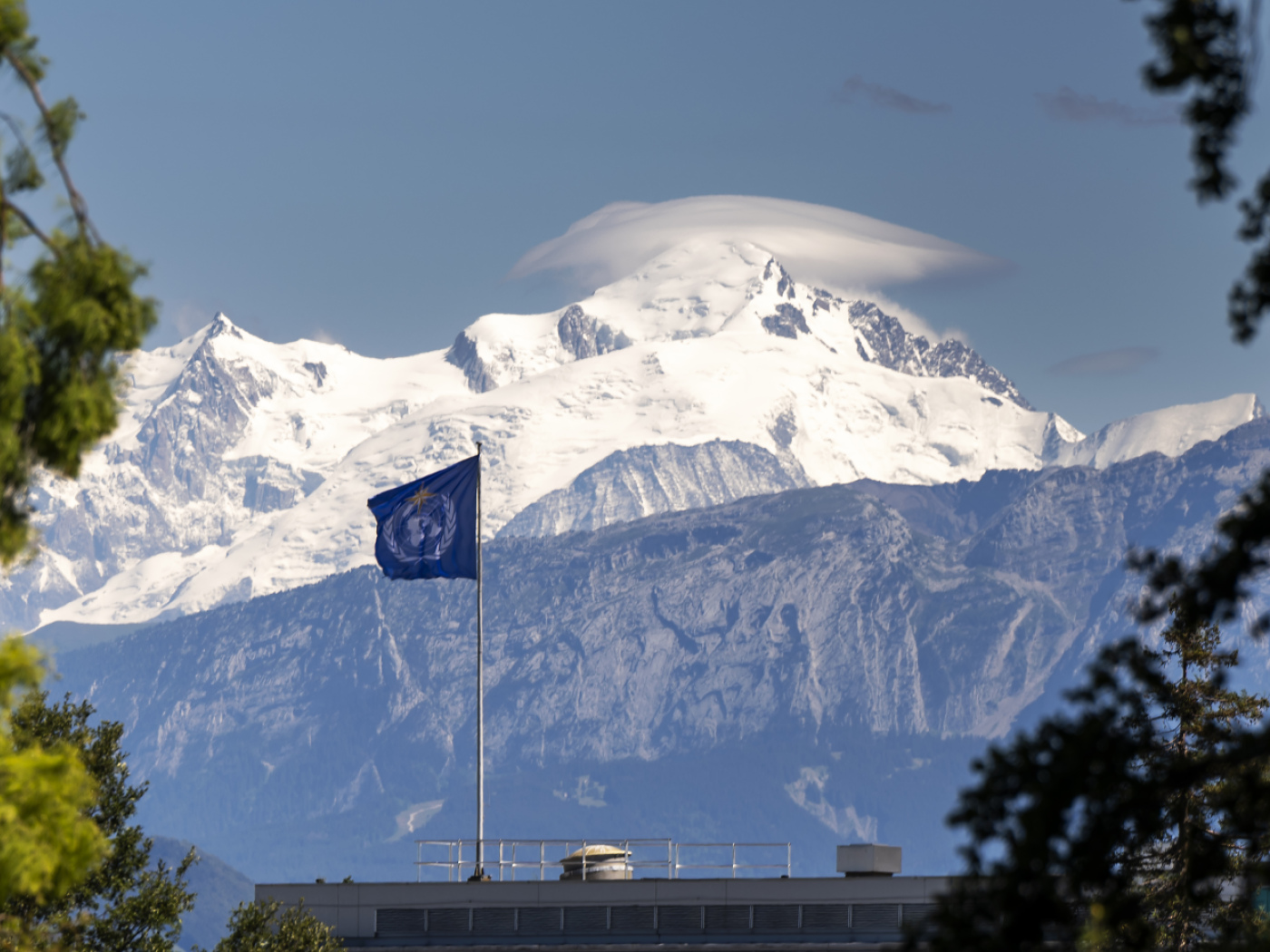This appears to be the first evidence of a suicidal planet.
Keystone-SDA
Thanks to the Swiss space telescope CHEOPS, astronomers have discovered a “suicidal” planet. Named HIP 67522 b, this exoplanet triggers solar flares so powerful that they literally blow away its atmosphere, causing it to shrink.
+Get the most important news from Switzerland in your inbox
According to the European Space Agency (ESA), this planet could shrink from the size of Jupiter to that of Neptune over the next 100 million years. This is the first evidence of a “suicidal” planet, according to this work published Wednesday in the journal Nature.
Such eruptions can also occur on our star, the Sun, when its magnetic field twists. Large quantities of radiation and charged particles are then projected into space. When these particles encounter the Earth’s magnetic field and atmosphere, they can produce the aurora borealis.
A very young star
But scientists have now shown for the first time that a planet can trigger such eruptions. Since the 1990s, astronomers have speculated that certain planets could orbit so close to their parent star that they could disrupt its magnetic field, triggering flares.
The planet HIP 67522 b offered the perfect conditions for this: it is very close to its star. It takes just seven days to circle it.
More

More
How a special telescope learns about new planets
What’s more, the star around which it orbits is very young, just 17 million years old. By comparison, our Sun, 4.5 billion years old, is some 265 times older. The younger a star is, the more energy and magnetic activity it possesses.
Although such effects were assumed in theory, current observations have surprised scientists: according to ESA, the flares observed during this research are 100 times more energetic than expected. The authors now plan to observe other similar star-planet systems to determine whether this behavior is more frequent.
This research was carried out as part of CHEOPS’ Guest Observers program. Scientists outside the Cheops team were given time to make their own observations with the telescope.
Translated from German by DeepL/jdp
We select the most relevant news for an international audience and use automatic translation tools to translate them into English. A journalist then reviews the translation for clarity and accuracy before publication.
Providing you with automatically translated news gives us the time to write more in-depth articles. The news stories we select have been written and carefully fact-checked by an external editorial team from news agencies such as Bloomberg or Keystone.
If you have any questions about how we work, write to us at english@swissinfo.ch










